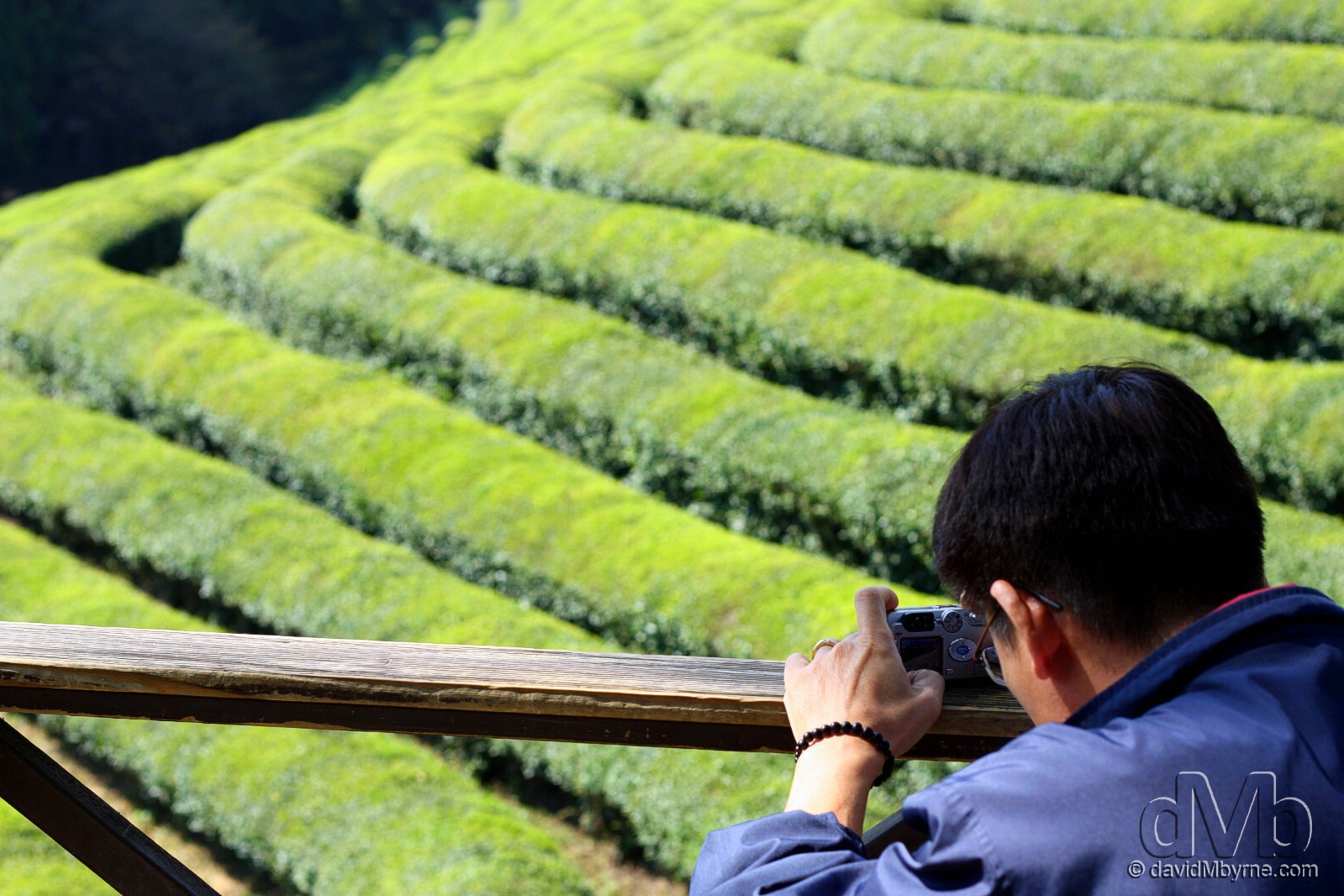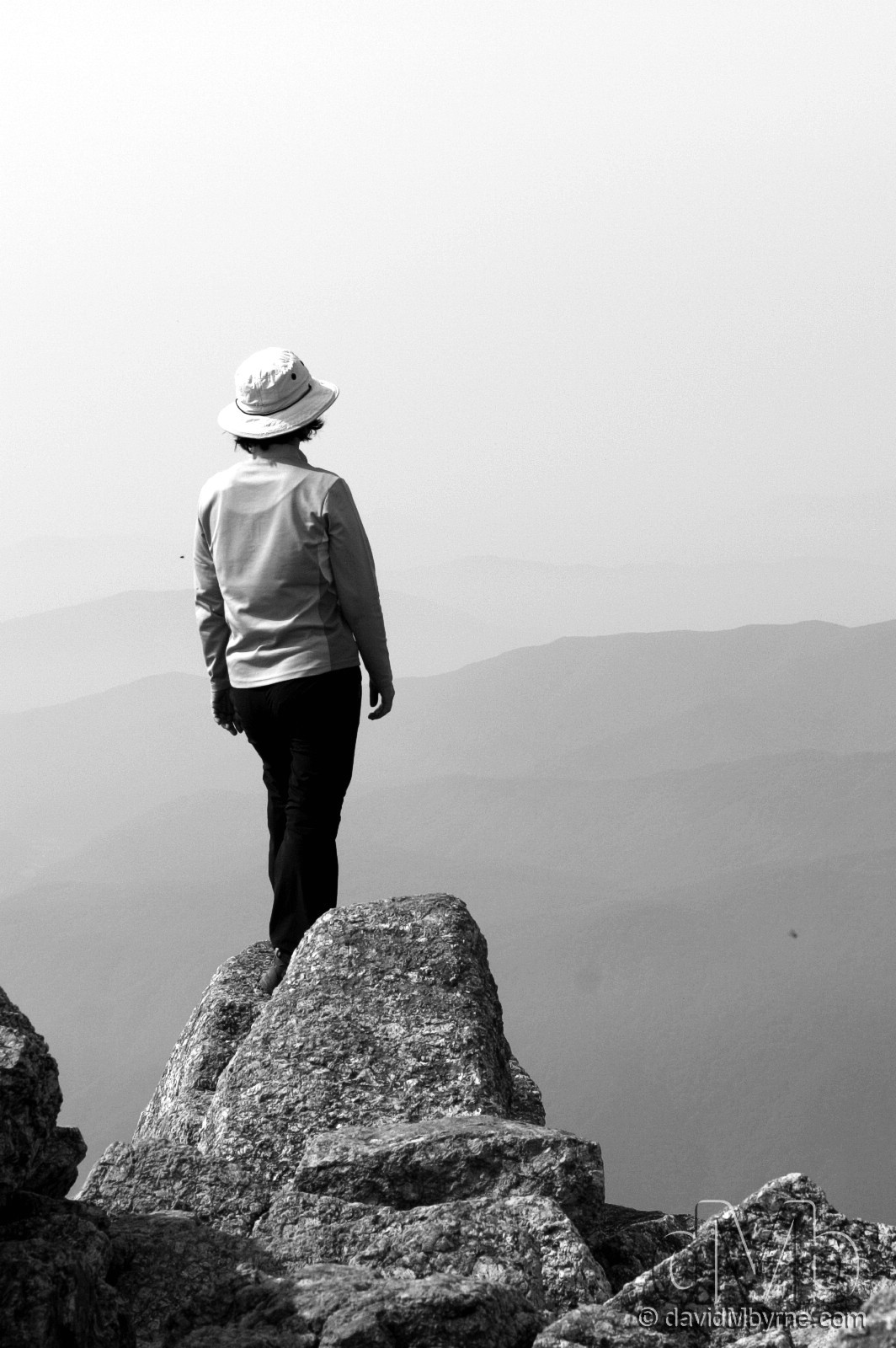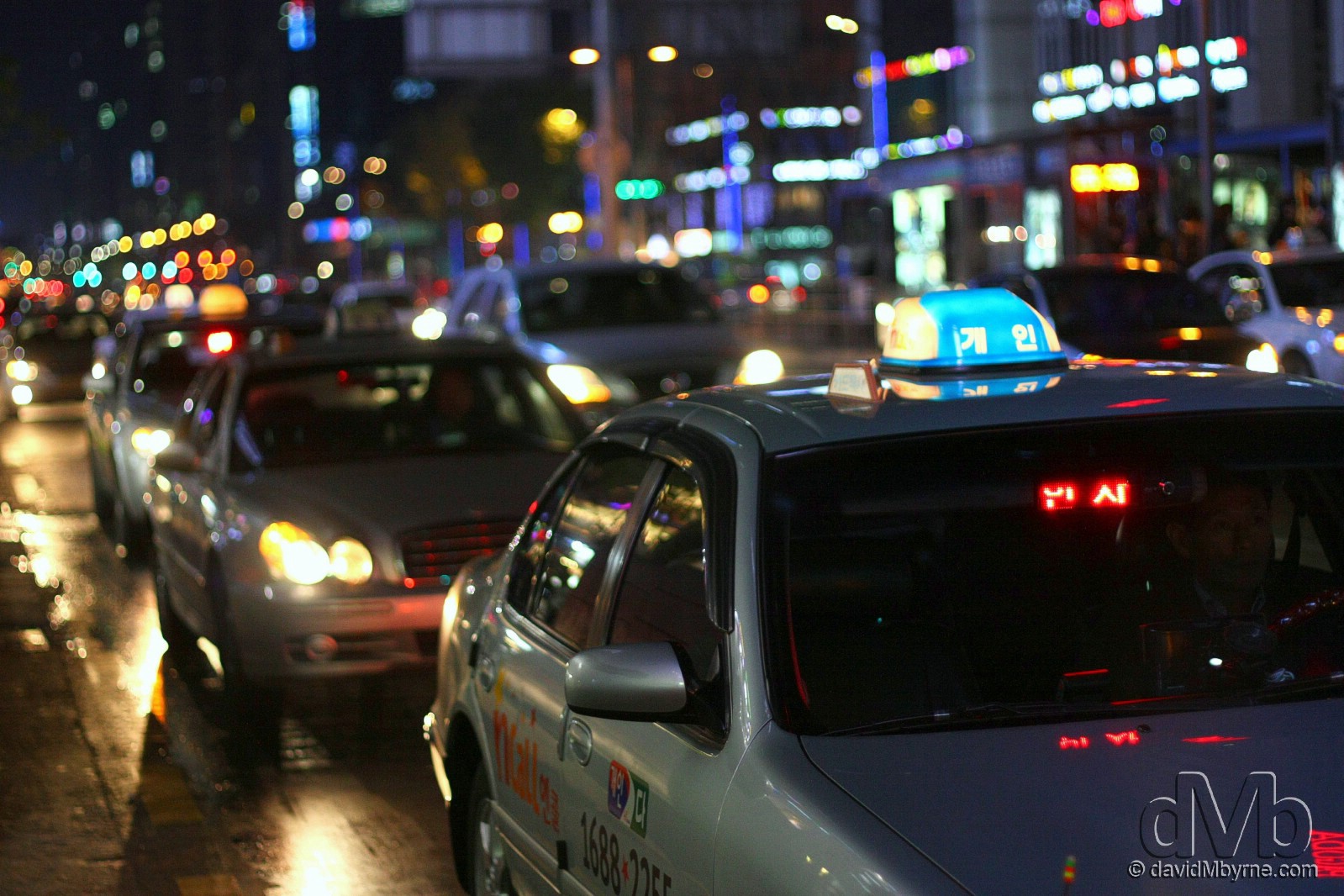Forward & Credits
The first lens I purchased after buying my first dSLR was the now infamous Canon 50mm f/1.8 II, aka the Nifty Fifty. I bought it mainly because of what I read in this article, an article written by Gary Voth of Gary Voth Photography (Gary titled the article ‘The Forgotten Lens’). It has proven to be my best lens purchase to date; I left this lens permanently affixed to my camera for about 6 months post-purchase and in those 6 months I learnt more about photography than I had over the previous five years. While this article was written by Gary Voth, all images displayed here are my own, captured, of course, with my nifty fifty.
Note: This article was originally written for film shooters and is also applicable to digital camera owners.
______________________________________________________________________________________________________________
Why You Should Ditch That Zoom for a Classic 50mm “Normal” Lens
So there you are, the proud parents of a beautiful new baby, and you can hardly contain your excitement as you unwrap that new 35mm camera kit you bought to document your child’s early years. Although you’ve had a point-and-shoot camera for a while, you wanted to step up to a real camera for the kind of quality pictures you see in the popular media and in the camera maker’s brochures. You fumble a little as you mount the 28-80 zoom lens and load the film, but pretty soon everything is ready to go.
As your spouse proudly holds the baby up you raise the camera to your eye. The viewfinder seems a little dim in the room light, but hoping for the best, you gently squeeze the shutter release and…
Wait… while the auto focus system hunts, the built-in flash pops up and charges, the red eye reduction feature fires a series of strobe bursts into your subject’s face until, finally, the camera takes the picture. Of course by then your spouses’ smile has faded, the baby has gotten fussy, and the resulting pictures have that deer-in-the-headlights (flash on camera) look you so wanted to avoid.
What’s wrong with this picture? Well, in part it’s the lens you were using.

A traditional music performance at the National Youth Center of Korea in Cheonan, South Korea. February 9th, 2010 (EOS 405D || 50mm, 1/50sec, f/4.0, iso640)
Zoom Nation
If you are like most photographers just starting out with a new 35mm SLR, chances are it came with one of those ubiquitous 28-80mm (or similar) consumer zooms. In the last 15 years these inexpensive lenses have all but replaced the traditional 50mm prime lens as the starter optic for 35mm photographers. The 50mm lens, once the mainstay of 35mm photography, has been all but forgotten by today’s photographers.
This trend may have begun when third party lens makers began promoting these lenses as alternatives to the 50mm “normal” lens – the first lens most people acquired with their cameras. Retailers pushed these lenses when they found that they could realize greater profit margins. Some large chains even introduced their own house-brand versions. The camera makers fought back with their own inexpensive offerings, and pretty soon the zoom lens became de rigueur with any new camera purchase.

Preparing a shot at the Boesong Green Tea Plantation in Jeollanam-do, South Korea. October 11th, 2009 (EOS 450D || 50mm, 1/400sec, f/5.0, iso200).
Of course, people like these zoom lenses. They’re convenient and their drawbacks are not readily apparent in casual use. Consumer zoom lenses definitely have their places, for example in vacation and travel photography, much of which takes place out of doors. However, I’m convinced they make poor choices for many beginning SLR users who are motivated by the idea of taking high quality pictures of their kids and family.
Beyond their sometimes dubious optical performance, my major criticism of these lenses is their slow speed. Many of the world’s most evocative and best known images were made under natural light with fast lenses and film. Creating such images is nearly impossible with slow zoom lenses, which are harder to focus and inadequate for use indoors without flash. Nor can they easily render backgrounds out of focus. In fact, the technical limitations of these lenses tend to lead to the kind of snapshots that the photographer presumably bought an SLR to avoid.

Taking in the view from the summit of Mount Seoraksan in Seoraksan National Park, South Korea. June 28th, 2009 (EOS 450D || 50mm, 1/1000sec, f/9.0, iso200)
A Renewed Appreciation of the “Normal” Lens
So what is the alternative? Well, you could do what most of today’s pros and some ambitious amateur photographers do and buy a professional 28-70mm zoom lens with a fixed f/2.8 aperture. These lenses are reasonably fast, quite sharp and well made. But they are heavy, bulky and very, very expensive. For most people I believe there is a better alternative: the classic 50mm normal lens.
The 50mm lens is called a ‘normal’ or ‘standard’ lens because the way it renders perspective closely matches that of the human eye. Consequently, images made with a 50mm lens have a natural and uncontrived look. This is the lens that likely would have come with your camera had you bought it 10-15 years ago. Before falling to its current level of disfavor, the 50mm lens had a long and distinguished pedigree. For many years the defining documentary instrument of the 20th century was the small format rangefinder camera (Leica, Contax, Nikon, Canon) with 50mm lens. Some of the world’s best-known photographers such as Henri Cartier-Bresson and Ralph Gibson made virtually their entire careers with this combination. With the advent of the “wide angle” Leica M2 and the rise of the SLR camera with its broad range of focal lengths, the 50mm lens began to fall out of favor among professionals users. (I hardly ever used a 50mm lens early in my career.) Today’s working pros mostly eschew prime lenses for the high speed f/2.8 ‘professional’ zooms.
However, the 50mm prime lens has a great deal to recommend it, particularly as an alternative to the ubiquitous consumer zoom.
It delivers a very natural, unforced perspective, and its high speed renders it much more suitable for available light photography. Versions are available that are affordable enough for most anyone to use. Compared to the typical f/3.5-5.6 zoom, the 50mm prime lens has the following benefits:
- Greater Speed || Speed refers to the lens’s ability to gather light. There is a difference of approximately 3.5 stops between f/1.8, the typical maximum aperture for an entry-level 50mm lens, and f/5.6, the typical maximum aperture at the portrait end of a “consumer” zoom. This is a huge difference in practice. Lighting that would require a difficult shutter speed of 1/8 second at f/5.6 would permit easy hand-held photography at 1/90 at f/1.8. This extra speed gives one the ability to shoot candid pictures in dim lighting without using on-camera flash as a main light source (generally recommended only for snapshots and for paparazzi). (Friends of ours are always surprised when I begin taking pictures of their kids indoors: “wow, how come you didn’t have to use a flash?”) In case you’re wondering, the world’s fastest 50mm lenses, at f/1.0, are made by Leica and Canon; these lenses can permit photography by the light of a single candle!
- More Professional Results || Your pictures will look more professional using available-light techniques. Using wider apertures without flash, you can create beautiful portraits with backgrounds nicely out of focus behind your subject. This look is evocative and artistically pleasing, and helps eliminate distracting elements in a photograph. In terms of approach, you will begin to practice a more candid style of photography in which you become a discreet observer of events rather than an imposing director of events (“stand still!, say cheese!”). After a while, your subjects will hardly notice as you take pictures quietly and unobtrusively.
- Superior Optical Performance || The 50mm focal length has been a staple of 35mm photography since at least the 1930s; it boasts some of the best understood and most highly corrected optical designs in history. Even the cheapest 50mm lens will be superior optically to the current crop of consumer zooms. In fact, 50mm lenses are often the sharpest optics in the manufacturer’s line. You may not be able to always see the difference in the typical 4×6″ minilab print, but you will see a difference (with proper technique) in larger prints.
- Greater Compactness & Lighter Weight || Today’s consumer zooms have slimmed down a lot, primarily through use of plastics and newly-computed optical designs with molded elements. Yet a 50mm prime lens is smaller still, and usually lighter. If you want to go light, it’s hard to beat a small SLR (or rangefinder) with a compact 50mm lens.
- Lower Cost || As the ‘entry’ lens into most manufacturers lens systems, the 50mm (f/1.7 or f/1.8) lens is an amazing bargain. Usually for less than $100, you can obtain one of the sharpest and most useful lenses available for your camera. This is 1/10th – 1/15th the cost you would spend for a professional zoom lens capable of similar high optical performance (if one is even available for your camera brand).

Taxis on the streets of Gangnam, Seoul, South Korea. November 18th, 2011 (EOS 450D || 50mm, 1/200sec, f/1.8, iso800)
Issues When Shooting With a Fast Lens
Accurate focus is essential when shooting with a fast lens at wide apertures – the wider the aperture the shallower the depth of field (or zone of apparent sharpness) in the photograph. You will need to learn to use the AF system of your camera to make sure the area you want is sharp (for example, your subject’s eyes) even if it is not in the center of the frame. Usually this is done by first locking in an auto focus setting, then recomposing. However, with fast moving subjects you may not have the time to do this. If your camera has multiple focusing points, you can try selecting one and keeping it over your area of critical focus. Or you may want to experiment with use of manual focus (which I do quite a bit). In any case, expect that a percentage of images will be rejected due to soft focus. Don’t worry, this happens even to professionals; with practice your averages will improve.
Another issue is camera automation. If your camera has a built-in flash and ‘easy’ shooting modes (such as portrait, action and landscape) it may beep at you in some dim lighting conditions and pop up the flash or even refuse to take a picture. Your best bet is to put the camera into a more flexible auto exposure mode, such as aperture priority (Av or A). Generally in this mode the camera will assume you know what you are doing and permit a shutter speed that might cause camera shake. (I have made sharp images with a 50mm lens as slow as 1/15th second by bracing myself against a wall or door frame.) Program (P) mode is okay too, provided the camera will permit a slower shutter speed without flash.

An astrological instrument & the King Sejong Statue in central Seoul, South Korea. December 9th, 2009 (EOS 450D || 50mm, 1/30sec, f/1.8, iso400)
Getting the Most From a 50mm Lens
The 50mm lens is unique in that it can produce images that, under the right conditions, seem to have a modest wide angle perspective, and under other conditions have the isolation of a short telephoto lens. Thus it is a very versatile companion for many kinds of photography. When using a zoom lens, you often stand still and twist the zoom ring until you find a composition that works, a lazy approach at best. When using a prime lens you will learn to zoom with your feet, getting closer to your subject to eliminate distracting background, or backing away to include more context.
I believe this is good training in learning to see effectively with the camera. When using prime lenses you become more aware of the viewfinder as a compositional frame, and the various effects that a change of focal length provides. In fact, after using prime lenses for a while, the pictures you make with your zoom lens will improve, as you will have a better understanding of how focal length affects composition.
Who knows, after working with a ‘classic’ 50mm lens, you might even (horrors!) experiment with manual focus, or learn how to meter the scene manually. Getting back to basics and learning how to gain back control from the camera can be one of the more rewarding aspects of improving your photographic skills.
Which Lens Should I Buy?
50mm prime lenses come in a breathtaking range of speeds, focusing options, and prices. Canon, for example, offers the EF 50mm f/1.8 II for about $75 street, while the EF 50mm f/1.0L is almost $3,000! Other makers continue to offer both autofocus and manual focus versions in various speeds. There are even 50mm macro lenses that can be substituted for a standard lens, but these lenses usually have smaller maximum apertures that mitigates their advantages over a zoom.
If you can afford it, the best combination of speed and performance is usually found among the manufacturers’ 50mm f/1.4 offerings. These lenses can be used in very low light, are usually quite well made, and can cost several hundred dollars or more. My Canon 50mm f/1.4 USM is one of the sharpest lenses I own.
However, if you are just starting out or are on a budget, my recommendation is too look into your camera maker’s entry level 50mm lens. These lenses, with maximum apertures of f/1.7 or f/1.8, are 1/2 stop slower than the f/1.4 lenses, but still very fast compared to a zoom. You can obtain 95% of the benefits of the f/1.4 lenses at only 1/3 to 1/4 the price (usually under $100). Be aware, however, that some of these lenses are more cheaply constructed, possibly with plastic lens mounts. Canon made two versions of the a 50mm f/1.8; the first version with metal lens mount is more desirable and can often be found used.
What if I have a Digital SLR?
As of the time of this writing, most digital SLRs that accept interchangeable lenses have sensors that are smaller than a traditional 35mm film frame. Images made with these cameras are cropped from the center of what would be a full frame image if shot on film. This produces a “focal length multiplier”, typically 1.5x (Nikon) or 1.6x (Canon). For example, a 50mm lens on a Canon Digital Rebel renders an image equivalent to an 80mm short telephoto lens on a film body.
While a 50mm lens on these cameras is still quite useful, particularly for candid portraits, the focal length that best equates to a ‘normal’ lens on these cameras is the 35mm, becoming an effective 52-56mm lens on a typical digital body. Most vendors produce a reasonably fast 35mm f/2.0 autofocus lens that can be used quite well as a normal lens. Canon, Nikon, Leica and a few others even make high speed 35mm f/1.4 optics, at correspondingly high prices. A few vendors have adopted the so-called “Four Thirds” format (Olympus, Panasonic) which is smaller yet, producing a 2x multiplier.
Summary
If you are considering a new camera purchase or already have a camera and would like to make pictures of your family that don’t look like snapshots, consider buying a classic 50mm normal lens instead of (or in addition to) that ‘consumer’ zoom. This 50mm lens will allow you to make pictures in natural light without flash that share at least some of the qualities of the very finest photographs ever made. As with any new equipment, you will have a learning curve as you figure out how to use the focal length compositionally and achieve good focus. But you may find that pictures of your friends and family begin to exhibit a much more natural and evocative quality.
______________________________________________________________________________________________________________
